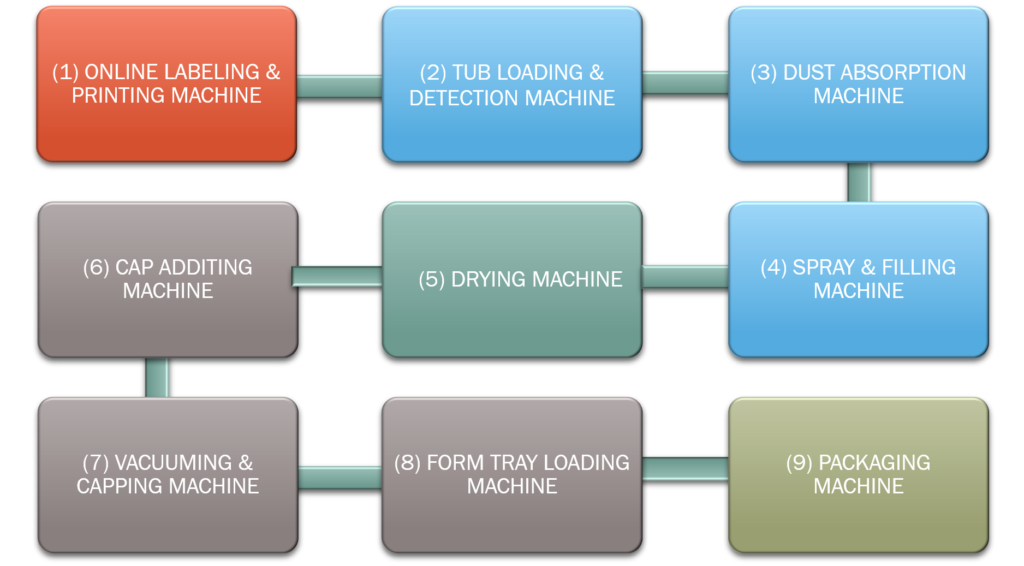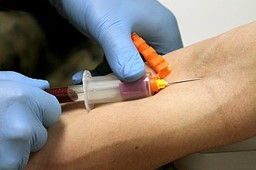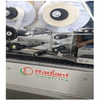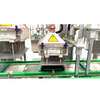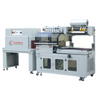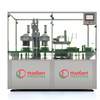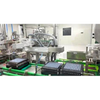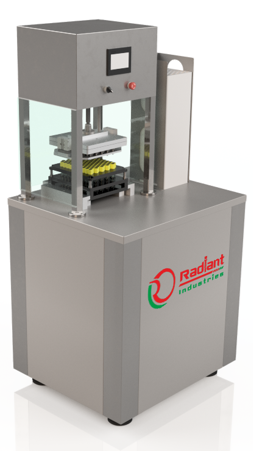Menu
- Home
- Company
About
RADIANT INDUSTRIES
☆☆☆☆☆ 5/5 - Products

Fully automatic Pre-filled Syringe
- Robotic PFS Filling And Closing Machine
- Cartridge Filling Machine
- Fully Automatic Prefilled Oral Syringe Filling And Closing Machine
- Fully Automatic High Viscocity Prefilled Syringe Filling And Closing Machine
- PFS Semi-Automatic Filling And Closing Machine
- PFS Rubber Nest Feeder Machine
- PFS Silicon Spray Machine
- PFS De Nester Plunger Rod Insertion & Sticker Labeling Machine

Fully Automatic Blood collection test tube processing and assembly machiine
- Automatic BCT Assembly line
- Fully Automatic Compact Blood collection test tube processing and assembly machine
- Semi-automatic blood collection test tube processing and assembly machine
- BCT Tube Labeling & Online printing Machine
- BCT Tube loading & Detection Machine
- BCT Chemical dosing Machine
- BCT Drying Machine
- BCT Capping, Vacuuming Machine
- BCT FORM TRAY LOADING MACHINE
- BCT Packaging Machine
- BCT Gel Filling Machine
- BCT Sodium Citrate Dosing Machine
- BCT Sodium Fluoride Dosing Machine
- BCT Cap & Rubber Assembly Machine
- BCT Project
- PFS Project
- Updates
- Contact Us



